
The Axess 2" Hydraulic Access and Retrieval System provides a complete solution for the online safe, reliable installation of probes and coupons from high pressure piping, and vessels at pressures of up to 6,000 PSI (414 Bar) and temperatures up to 204°C (400°F).

The Axess 2" Mechanical Access and Retrieval System provides a complete solution for the online safe, reliable installation of probes and coupons from high pressure piping, and vessels at pressures of up to 6,000 PSI (414 Bar) and temperatures up to 204°C (400°F).


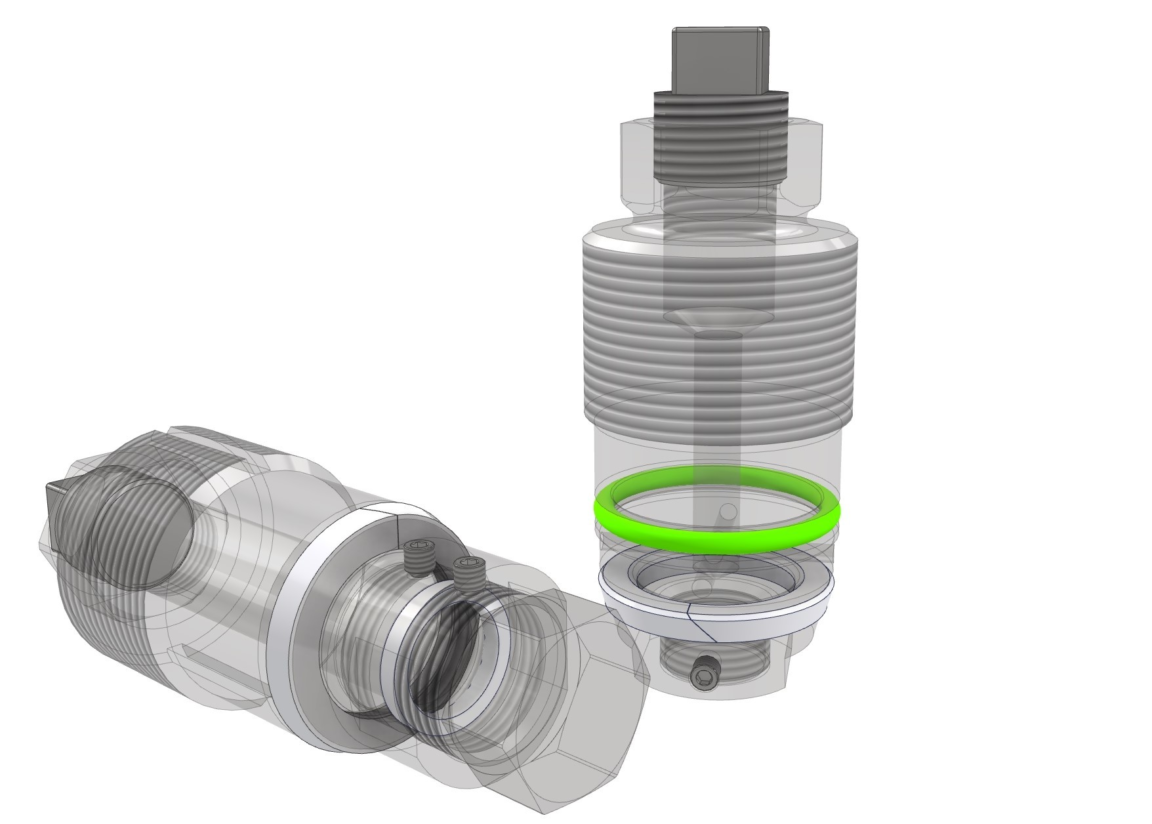

Axess Corrosion Retrieval Tools and Service Valves are used to safely and efficiently insert and retrieve probes, coupons, sensors, and chemical injection devices from a process under full operating conditions and pressures. We manufacture hydraulic, mechanical and dual use version retrievers with Janus™ technology.



The Axess Corrosion 1" Retractable Access System provides a complete solution for the online safe, reliable installation of coupons, probes, chemical injection and sampling devices on piping, and vessels at pressures of up to 1500 PSI (103 Bar) and temperatures up to 260°C (500°F).

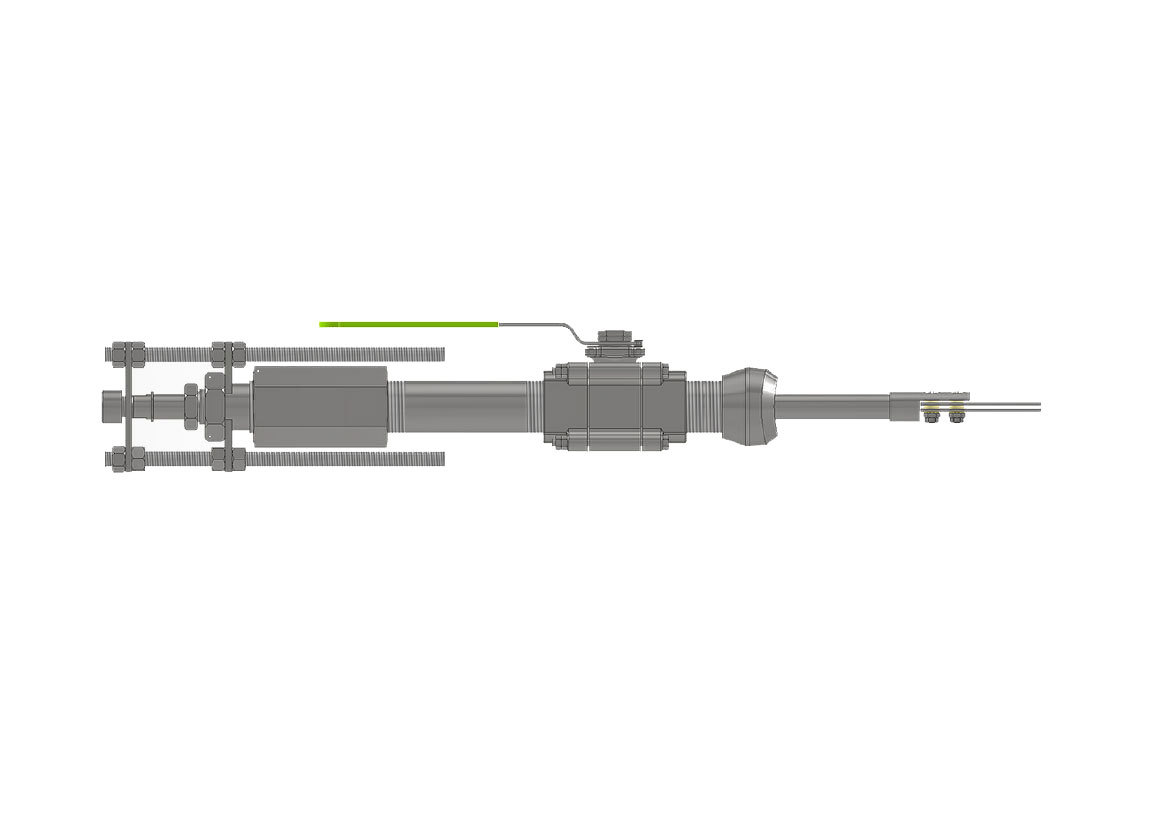
Designed for use with our AXHP access systems and allow the insertion and removal of corrosion coupons in pressurized piping systems up to 10,000psi. These are installed through permanently mounted access fittings allowing installation and replacement of coupons without the requirement to isolate process pressure avoiding expensive isolation and shutdowns.

Designed to allow the insertion and removal of corrosion coupons in pressurized piping systems up to 1,500psi / 103bar. The assembly is connected to a permanently mounted full port valve allowing the operator to install or remove the holder without the requirement to isolate process pressure and avoid expensive isolations or shutdowns.
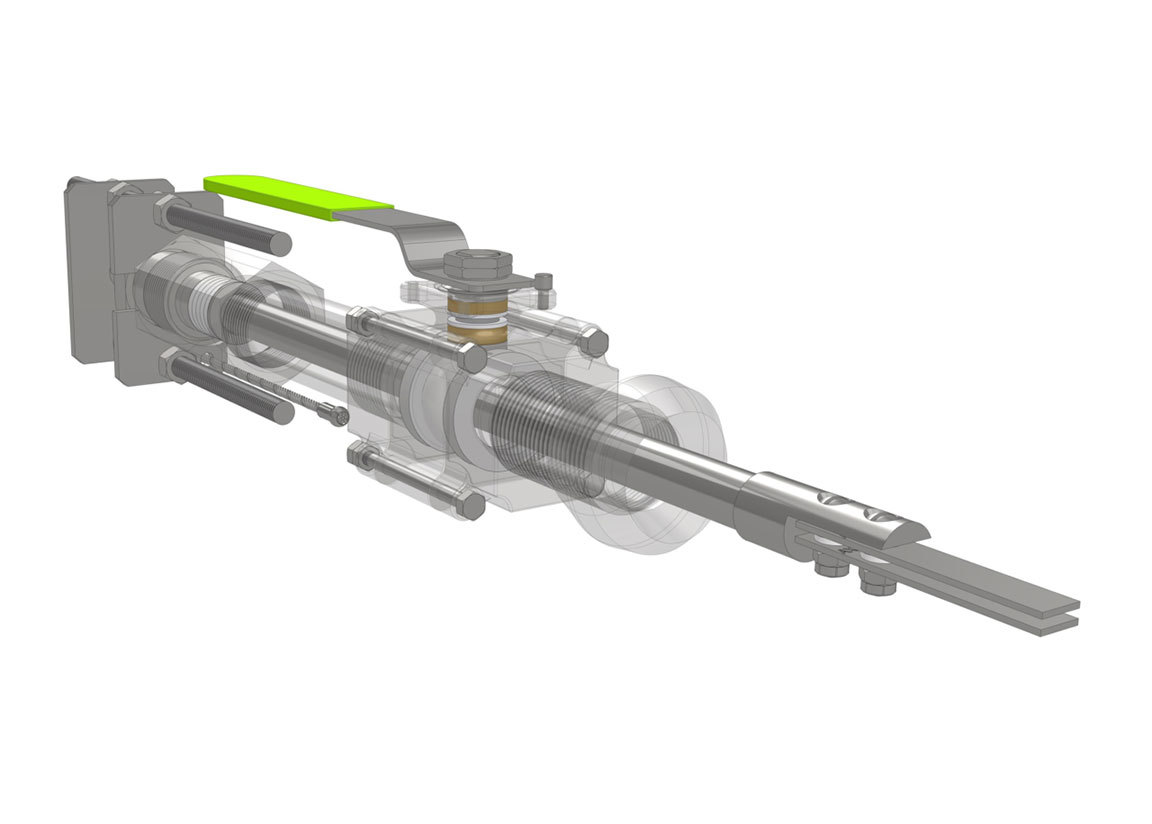

High resolution, battery powered, corrosion monitoring instrument capable of reading all types of electrical resistance (ER), linear polarization resistance (LPR) and galvanic probes. Operated with an integrated menu driven screen for ease of use, providing rapid measurements of metal loss for electrical resistance probes, corrosion rate for linear polarization resistance probes, and current or potential for galvanic probes.
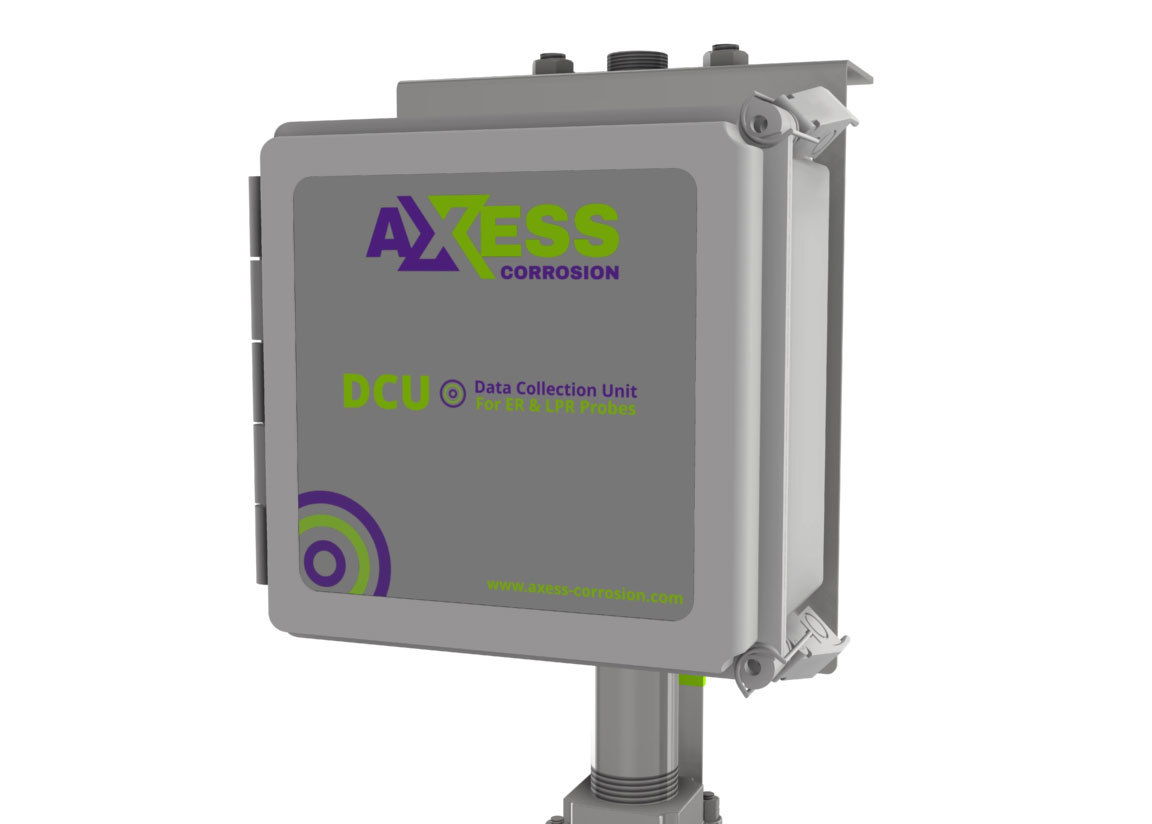
High resolution, multi-functional on-line corrosion monitoring instrument. The high-resolution, 20-bit measurement provides a fast response, obtaining corrosion rates in hours instead of days. Multi-function and can read all types of Electrical Resistance (ER), Linear Polarization Resistance (LPR) and Galvanic probes. Available with RS458 Modbus, 4-20mA or HART outputs.
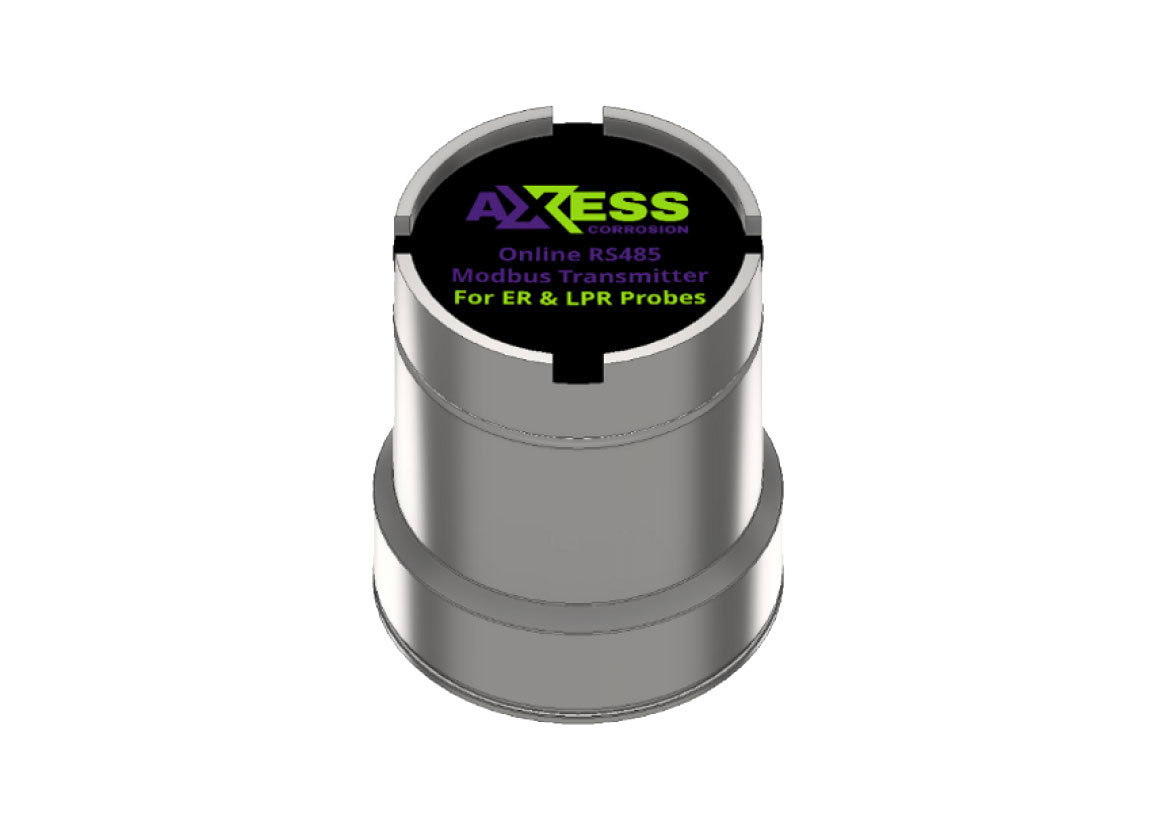
Axess offers a wide range of wireless and remote monitoring solutions utilizing intrusive Electrical Resistance (ER), Linear Polarization Resistance (LPR), and Galvanic probes and non-intrusive ultrasonic pipe wall thickness monitors. Systems are tailored around specific customer and site requirements using industry standard WirelessHART protocol for local deployments and 900MHz radios, or cellular communications for remote monitoring.


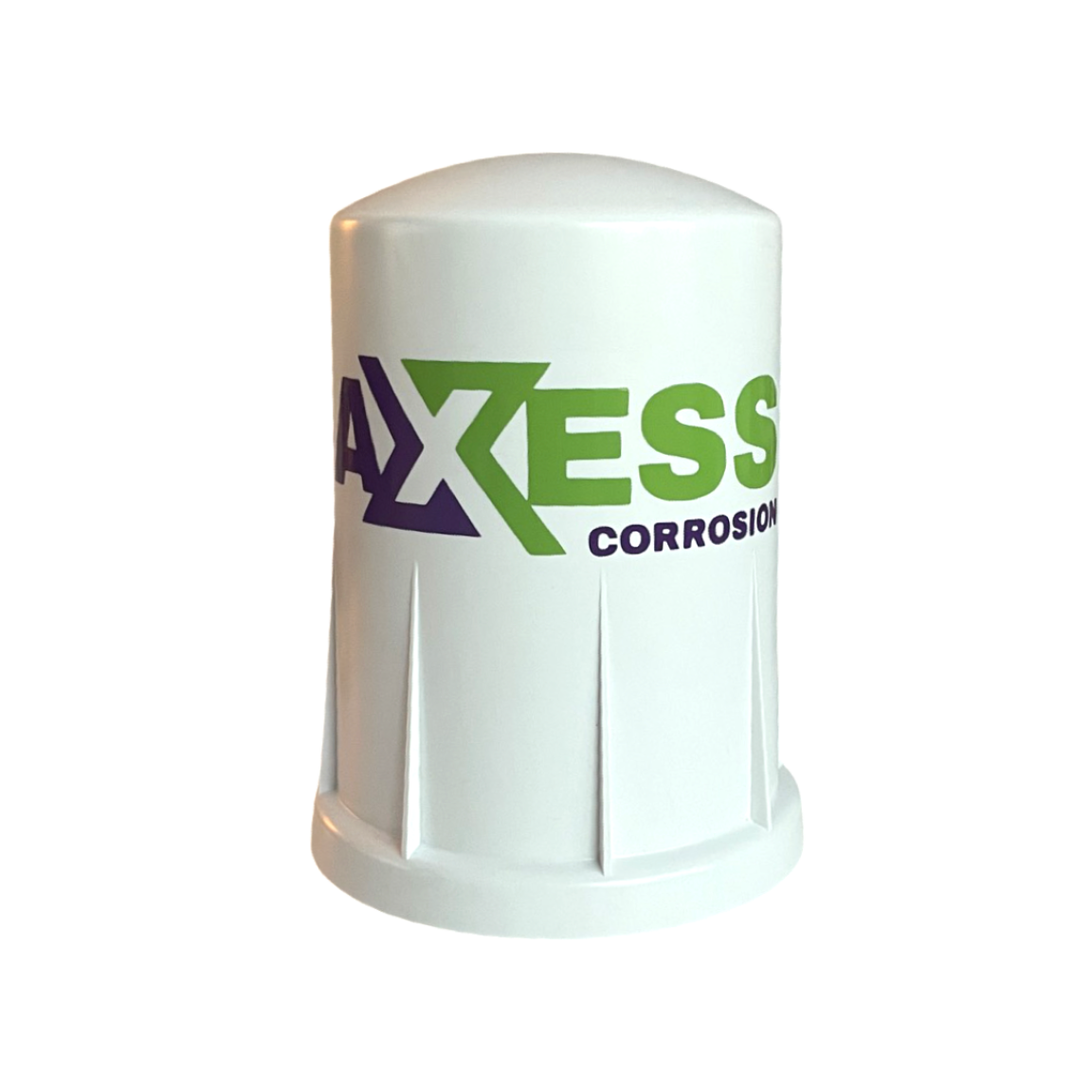
Early detection of changes in corrosion is key to implementing and optimizing a robust corrosion control program. The Axess range of ER probes and instrumentation provides a highly sensitive method of detecting corrosion and erosion events by monitoring small changes in the electrical resistance of a metal element directly exposed to the process.
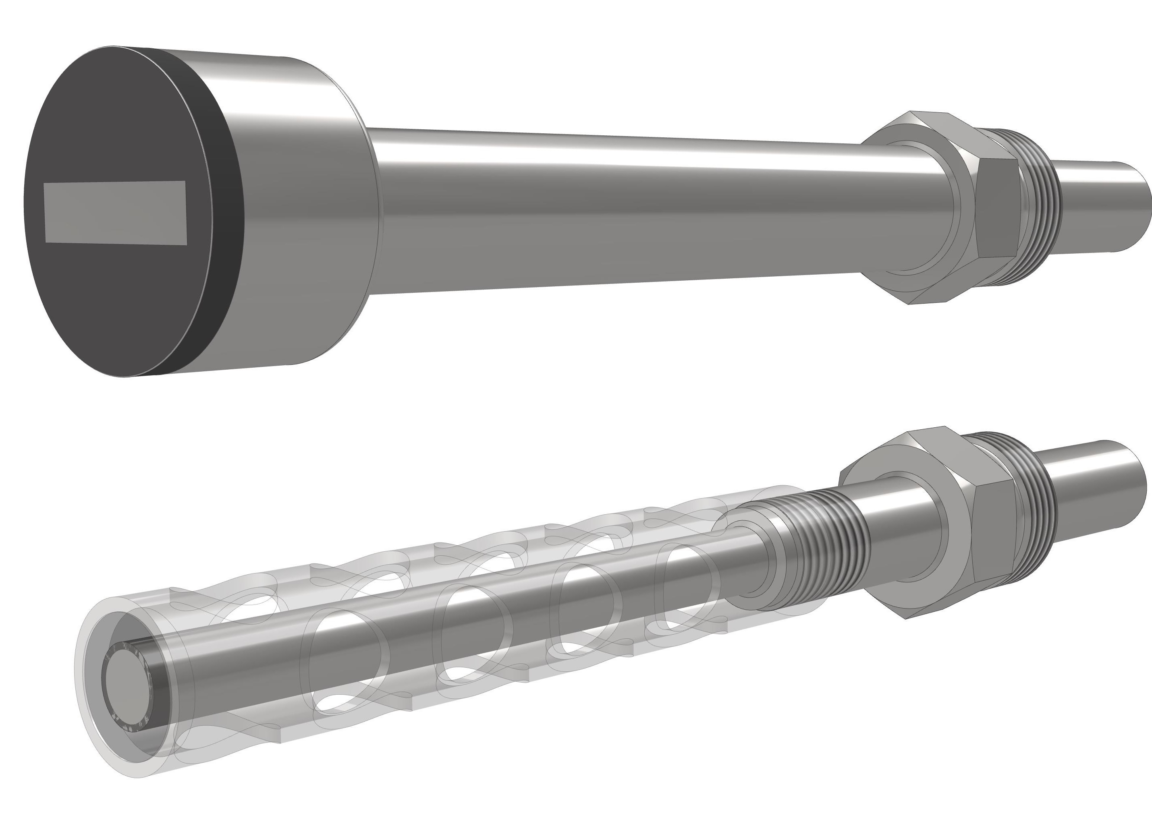
The LPR technique allows the calculation of corrosion rate between anodic and cathodic half-cells where the connecting medium (the solution) is conductive. Measurements are made by applying a small voltage, usually between 10 and 30 millivolts, to a corroding metal electrode and measuring the resulting current flow. The ratio of voltage to current - the polarisation resistance - is inversely proportional to the corrosion rate.

The Kamikaze™ sand erosion probe is designed to monitor erosion in flowlines. Impingement effects of sand or other abrasive materials on interior surfaces can lead to rapid and severe internal pipe wall metal loss. Pipe bends or reduced diameter sections are most prone to erosion effects.


Hydrogen atoms often produced in acidic environments can permeate through steels and are released as hydrogen molecules which lead to hydrogen induced cracking and hydrogen blistering. Intrusive Hydrogen probes make use of the fact that the released hydrogen gas will lead to pressure build up.



Axess-Corrosion offers a range of bio probes for monitoring of Microbiologically Influenced Corrosion (MIC) in high and low pressure systems. MIC often goes undetected in many industrial systems, but its importance should not be underestimated or ignored as microorganisms, including bacteria, algae, and fungi can accelerate corrosion by up to 1000 times.

Corrosion coupons and electrodes are consumable items, they must be considered as single use. Axess offers a full range of coupons and electrodes with many different materials, dimensions and insulator options. Specialist coupons are available for monitoring scale deposition. Please contact Axess with your requirement and our team will provide the solution.









"Since working with the Axess team I have gained considerable knowledge about coupons and really did not have a clue. This has given me information to understand my team's needs and direct them in the most positive way. Axess have worked with me to reduce our cost and give me alternatives that I appreciate."
There is a lot to consider when specifying a Corrosion & Erosion system. With tens of thousands of product variations and variables to navigate it can seem like a daunting process.
Axess’ Kickstarter Program was developed as a tool to assist with generating part numbers and bills of materials, provide customers with an online platform for submission of requests for quotation and to help people get started in the industry.
Register with Axess for a Kickstarter login and make life less stressful.